Meta's aggressive Black Friday approach this year isn't just about seasonal discounts—it's a strategic masterclass in market positioning that reveals exactly where the company sees the future of consumer AR and VR heading. This calculated push demonstrates how Meta is using pricing as a weapon to capture market share while competitors are still finding their footing in the mixed reality space.
Meta's launched what they're calling their best deal of the year, featuring substantial price cuts on both their Ray-Ban Meta smart glasses and Quest 3S headsets. These promotions run through December 1st, giving consumers an extended window that's unusually generous for holiday tech deals—a move that signals Meta's confidence in driving sustained adoption rather than quick sales spikes.
What makes this particularly revealing is Meta's extended return policy—any purchases made between November 1st and December 31st can be returned until January 31st, 2026, as reported by Android Central. That's essentially giving people two full months to decide if these devices fit into their daily lives, which demonstrates the kind of confidence that only comes from knowing your products can survive real-world scrutiny.
Why the Ray-Ban Meta Gen 1 discount matters more than you think
The first-generation Ray-Ban Meta smart glasses have dropped to just $239.20 for both Wayfarer and Skyler styles, representing a solid $60 reduction from their original $299 price point, according to Android Central. This pricing strategy creates a compelling entry point that directly addresses the historical barrier to smart eyewear adoption—cost anxiety among mainstream consumers.
When compared to the newer Gen 2 models starting at $379, you're looking at nearly $140 in savings. Meta's also sweetening the deal with 20% off prescription lenses when ordered directly from their website, as noted by Android Central, effectively making the total value proposition even stronger for anyone who needs corrective lenses.
The strategic brilliance here lies in what the Gen 1 glasses still deliver. They capture 12-megapixel photos and handle calls through built-in speakers, according to Mashable, providing core smart eyewear functionality that was cutting-edge just two years ago. By positioning these capabilities at sub-$250 pricing, Meta is essentially democratizing access to augmented reality features that establish user behavior patterns for future premium purchases.
Quest 3S pricing strategy reveals Meta's market positioning
Meta's Quest 3S pricing tells a fascinating story about how they're approaching the critical juncture between VR enthusiasm and mainstream adoption. The headset has received price cuts of up to $70, bringing the entry-level model down to $249.99—roughly half the cost of the premium Quest 3, according to Android Central.
This aggressive positioning becomes even more compelling when you consider the technical reality: the Quest 3S runs the same Snapdragon XR2 Gen 2 processor as its premium sibling, as reported by CNET. The main compromises are in display resolution and optics—the 3S uses Quest 2's Fresnel lenses and 1,832 x 1,920 pixel resolution per eye, compared to the Quest 3's sharper pancake lenses and 2,064 x 2,208 pixel display. For VR newcomers, these differences represent acceptable trade-offs for accessing current-generation processing power at budget pricing.
The bundled content strategy adds another layer of value calculation. Every Quest 3S includes Batman: Arkham Shadow and three months of Meta Quest Plus subscription service. Multiple retailers are participating in these promotions, but Costco's offering the most aggressive approach at $200 for members, which effectively drops to $140 when factoring in the included 12-month Meta Horizon+ subscription, according to Road to VR.
What Meta isn't discounting tells the real story
Sometimes what companies don't put on sale reveals more about their strategic positioning than what they do discount. Notably absent from these promotions are Meta's newest and most premium products: the Ray-Ban Meta Gen 2, Oakley Meta HSTN, Oakley Meta Vanguard, and the standard Quest 3, as reported by Android Central.
This selective discounting approach reveals Meta's sophisticated market segmentation strategy. They're using previous-generation inventory to drive volume adoption while protecting the premium positioning and margins of their latest innovations. The Gen 2 Ray-Ban glasses offer significant improvements that justify their exclusion from discounts—enhanced battery life that can last from 8 a.m. to nearly 9 p.m. with regular use, according to Mashable, plus 3K video recording and improved 60fps capabilities.
By maintaining premium pricing on cutting-edge features while aggressively discounting proven technology, Meta creates a clear value hierarchy that guides consumers toward price-appropriate entry points while preserving aspirational appeal for their newest innovations.
The bigger picture: Meta's ecosystem play
Meta's early Black Friday strategy reflects something much more sophisticated than simple holiday sales tactics—it's an ecosystem expansion play designed to maximize long-term user engagement rather than short-term hardware profits. The company has explicitly stated they sell headsets at cost or slight subsidy to maximize user engagement within their platform, according to Road to VR.
This approach mirrors the successful Quest 2 strategy, where aggressive pricing to $199 drove massive adoption and outsold the Quest 3 several times over during the 2023 holiday season. The current Quest 3S discounts, particularly Costco's $200 pricing, suggest retailers recognize the same potential—they're eager to move inventory quickly, potentially indicating that early adoption curves are developing exactly as Meta anticipated.
What makes this particularly strategic is the timing and product lifecycle context. The Quest 3S is only a year old, still uses current-generation processing power, and won't be replaced until 2027, as noted by Road to VR. In the fast-moving tech world, getting flagship-level performance at budget pricing on a device with at least two more years of relevance represents exceptional value for consumers and smart positioning for Meta.
The revenue model supports this approach: Meta's long-term profits come from software sales, subscription services, and eventually advertising within VR environments. Every discounted headset represents a potential multi-year customer who'll purchase games, subscribe to services, and engage with Meta's broader digital ecosystem.
Where smart shoppers should focus their attention
These Black Friday deals offer legitimate opportunities that address the fundamental barriers that have kept AR and VR in enthusiast territory. The Ray-Ban Meta Gen 1 glasses at $239.20 provide accessible entry into smart eyewear functionality that represents genuine technological advancement, while the Quest 3S at $249.99 delivers current-generation VR performance at pricing that makes experimentation feasible rather than financially risky, according to Android Central.
However, smart shoppers should evaluate these savings against the enhanced capabilities of newer models. The Gen 2 glasses' superior battery life and video capabilities might justify the additional investment for users who anticipate heavy daily usage, while the Quest 3's higher resolution display and premium optics could matter significantly for enthusiasts who prioritize visual fidelity over budget considerations.
With deals running through December 1st and extended return policies in effect, buyers have unusual flexibility to test these devices during the crucial holiday period when AR and VR adoption traditionally peaks. For anyone who's been curious about these technologies but hesitant about the financial commitment, Meta's current pricing strategy has essentially eliminated the cost barriers that have historically kept mainstream consumers on the sidelines.
The question isn't whether these represent good deals—they objectively do. The more interesting question is whether this pricing strategy marks the inflection point where AR and VR finally transition from enthusiast curiosity into everyday consumer adoption, fundamentally changing how we interact with digital information and entertainment.












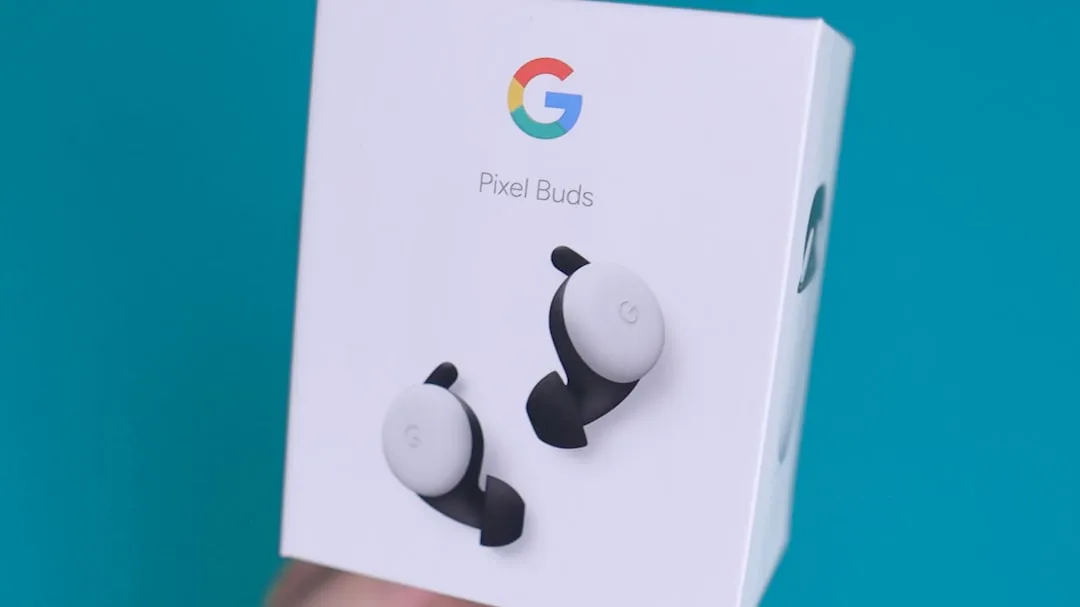


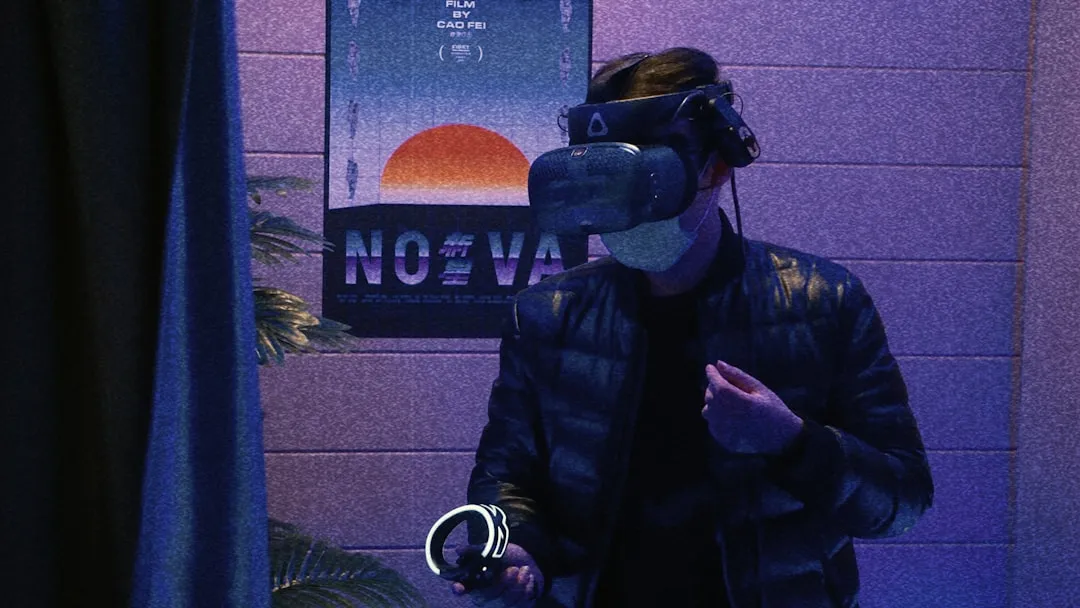
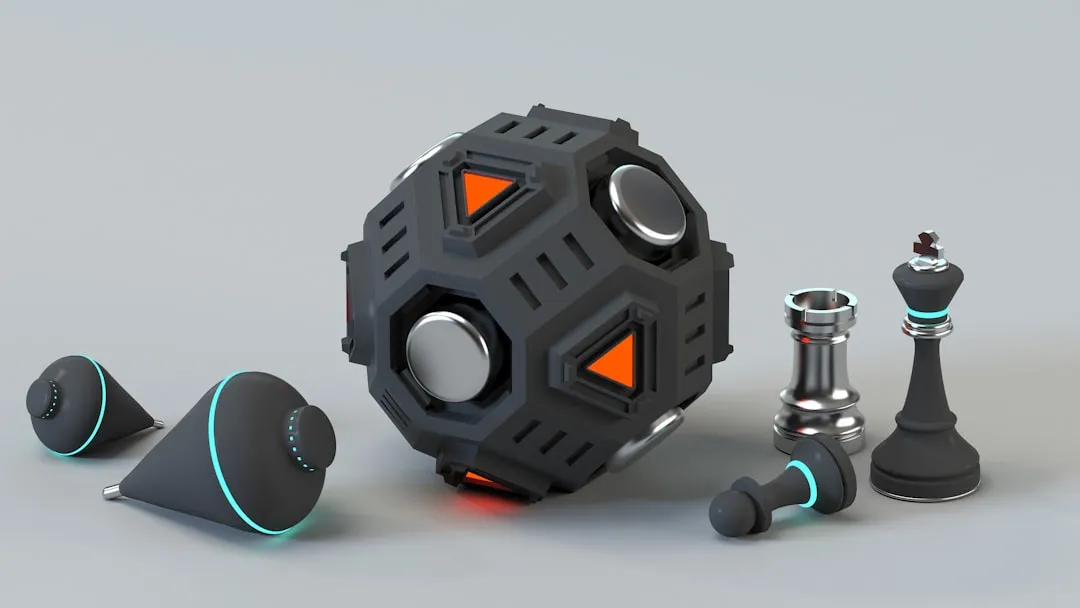
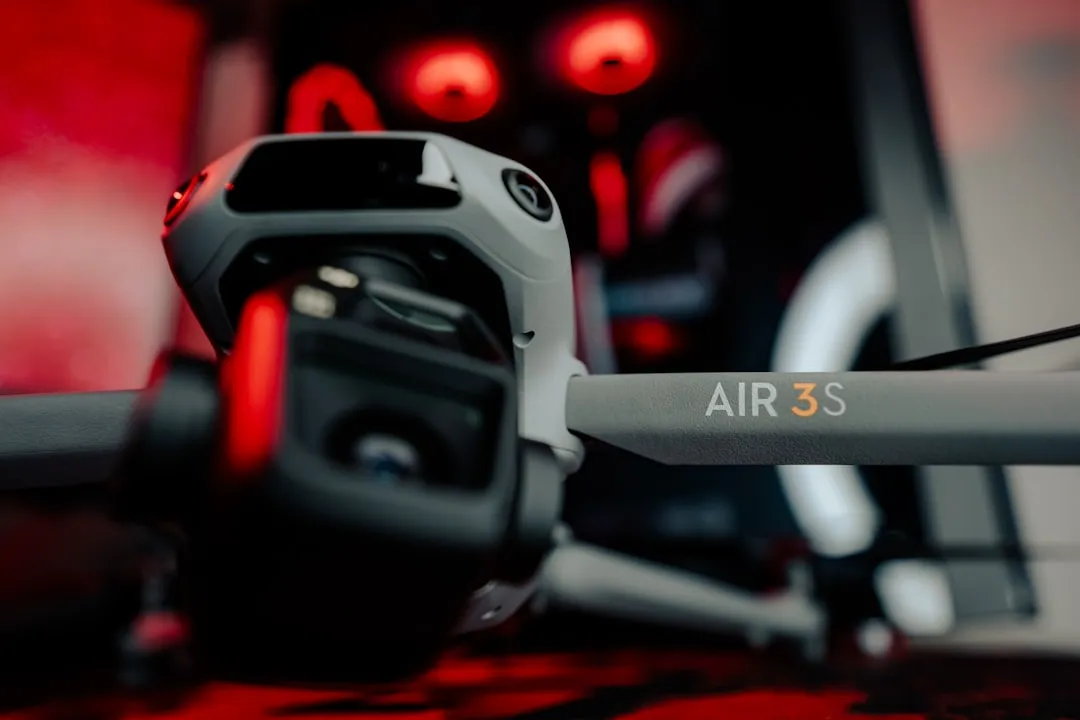

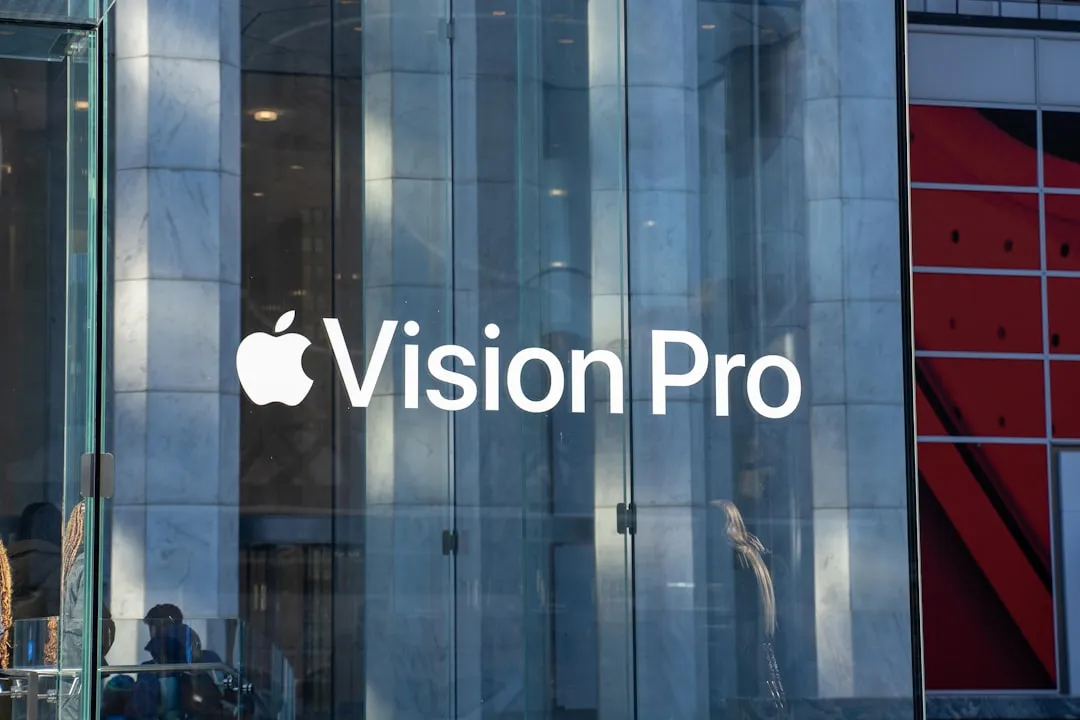

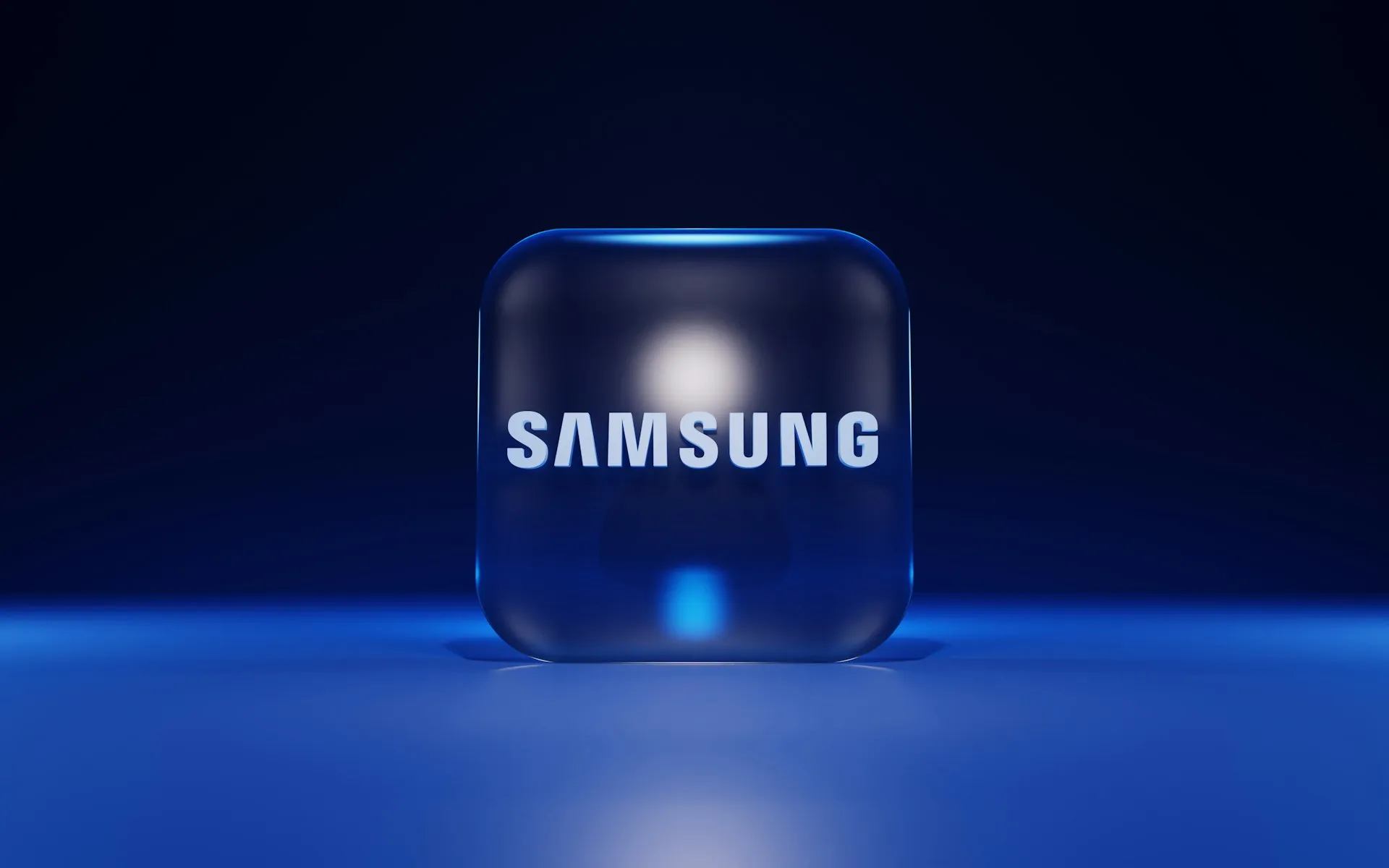


Comments
Be the first, drop a comment!